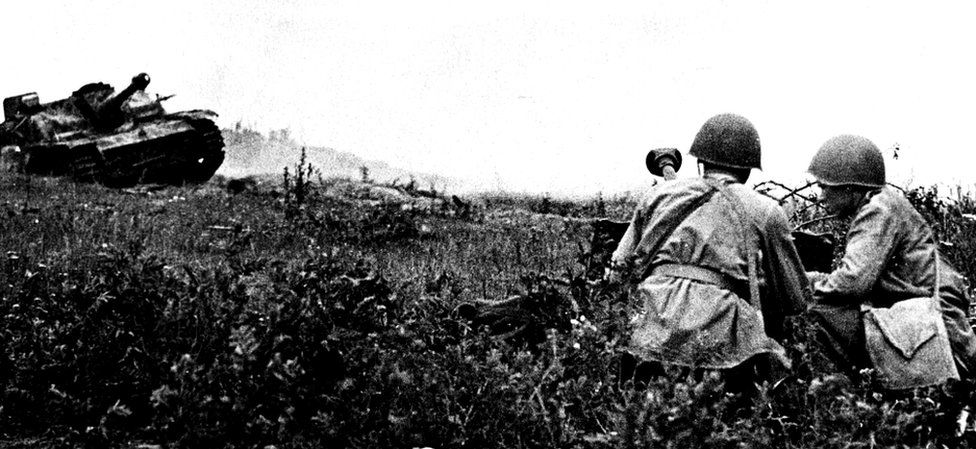

Well-trained and able to cope with the local conditions, they attacked the most vital centres, first of all the ammunition and fuel dumps. Moreover, saboteurs were highly effective. There was no effective cover, as military laws required, either from air or the ground. Nazi pilots bombed important strategic facilities and easily destroyed almost the entire fuel reserve. Chaos reigned in some parts of the front fuel wagons made it through to the battlefields, while in other parts they went to the rear. Freight trains met head to head and, as a result, about 8,500 tanker wagons were lined up at railway junctions and in sidings, where they were exposed to enemy air raids and almost totally eliminated.

At the same time, because of the poor strategy and the retreat of the Soviet troops, the evacuation of fuel from the immediate battle area began. In accordance with the mobilization plan, a huge number of fuel tanker wagons were sent to the fronts. This article considers the significance of Azerbaijani oil in three major battles of World War II: the battles of Moscow, Stalingrad and Kursk.Īt the start of the Great Patriotic War, as it was known in the Soviet Union, there was a good supply of fuel, but no well-defined strategy for its storage and supply to the combat army. From the start of Operation Barbarossa, when German troops invaded the USSR in June 1941, until the end of the war, Azerbaijan produced 75 million tonnes of crude oil, 80% of the union’s petrol, 90% of its naphtha and 96% of its lubricants. Four out of five Soviet aircraft, tanks and trucks used in World War II ran on fuel produced in Baku refineries from oil extracted in the Baku oil fields.


 0 kommentar(er)
0 kommentar(er)
